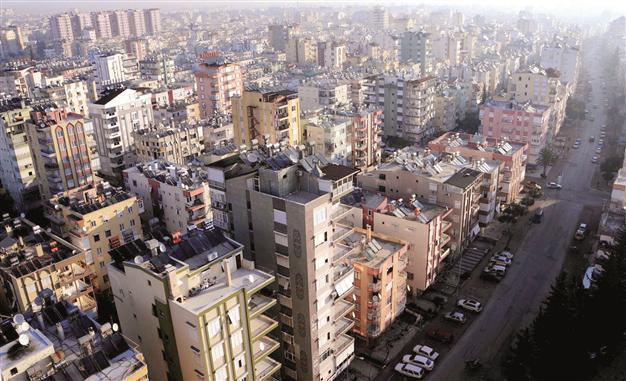Turkey’s housing prices far from creating a balloon: Sector report
ISTANBUL - Reuters

DHA photo
While the demand for housing in Turkey is decreasing in the luxury and upper middle sections of the market, it continues to grow in the middle and lower middle sections, according to a new report by real estate and construction company Emlak Konut.Contrary to a number of other claims, the report said house price rises were a long way from creating a balloon in the sector, which has become one of the motors of the Turkish economy.
There has been a significant increase in real estate prices in the country’s southeastern provinces, due to the rise in the number of people fleeing from Syria and Iraq.
The construction and housing sectors are expected to grow in the forthcoming period, according to the report, titled “A Glance at the Real Estate and Housing Sector.”
Both the housing supply and demand have stabilized over the past year, said the report, adding that an average of 1 million properties change hands annually and there is still a demand for 600,000 more.
“The demand for housing is continuing extensively in the middle and lower middle income segments. In the upper middle and luxury segments, the demand is decreasing relatively compared to the other segments. The Turkish construction and housing sectors will remain one of the locomotive sectors of the economy … Prices are increasing in a modest manner and there is no data showing a balloon possibility in the sector,” the report stated.
“The average price increase in the housing sector in the southeastern provinces of Gaziantep, Kilis and Adıyaman is higher, at around 53.9 percent. The main reason for this trend may be an intense housing demand from people escaping from the unrest in Syria and Iraq. In this vein, we can talk about a regional price rise rather than a general increase,” said the report.
Other factors influencing the sector are the rise in foreign investors to Turkey’s real estate sector, the increase in demand for mortgages upon the decrease in interest rates, the rise of several centers of attraction in big cities after the construction of large infrastructure projects, and the rise in transport opportunities.
















